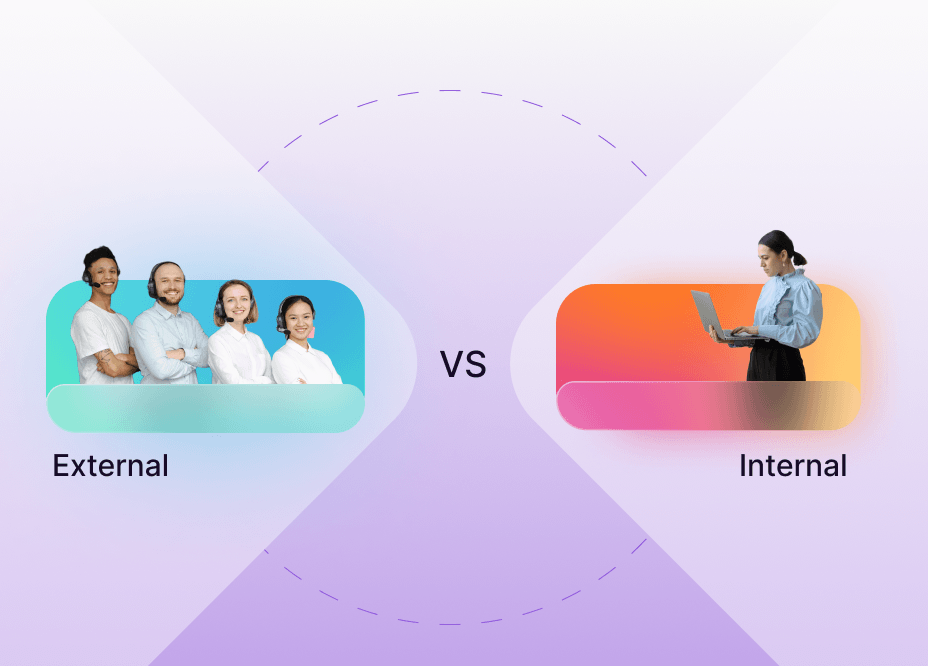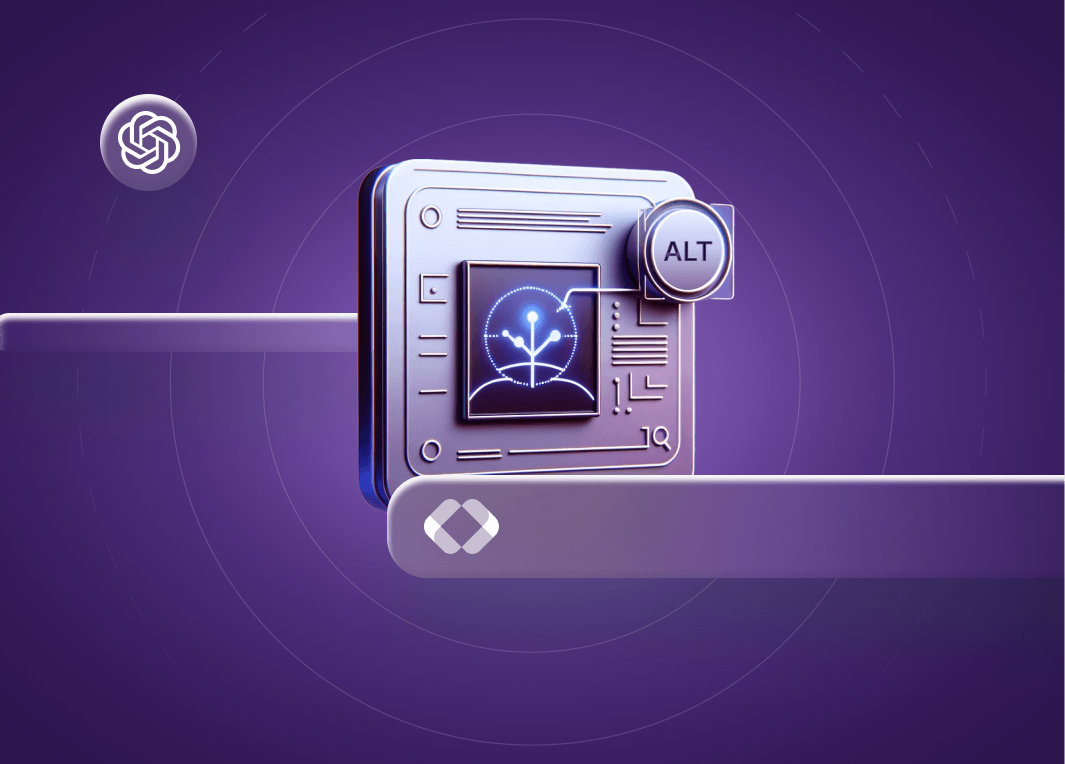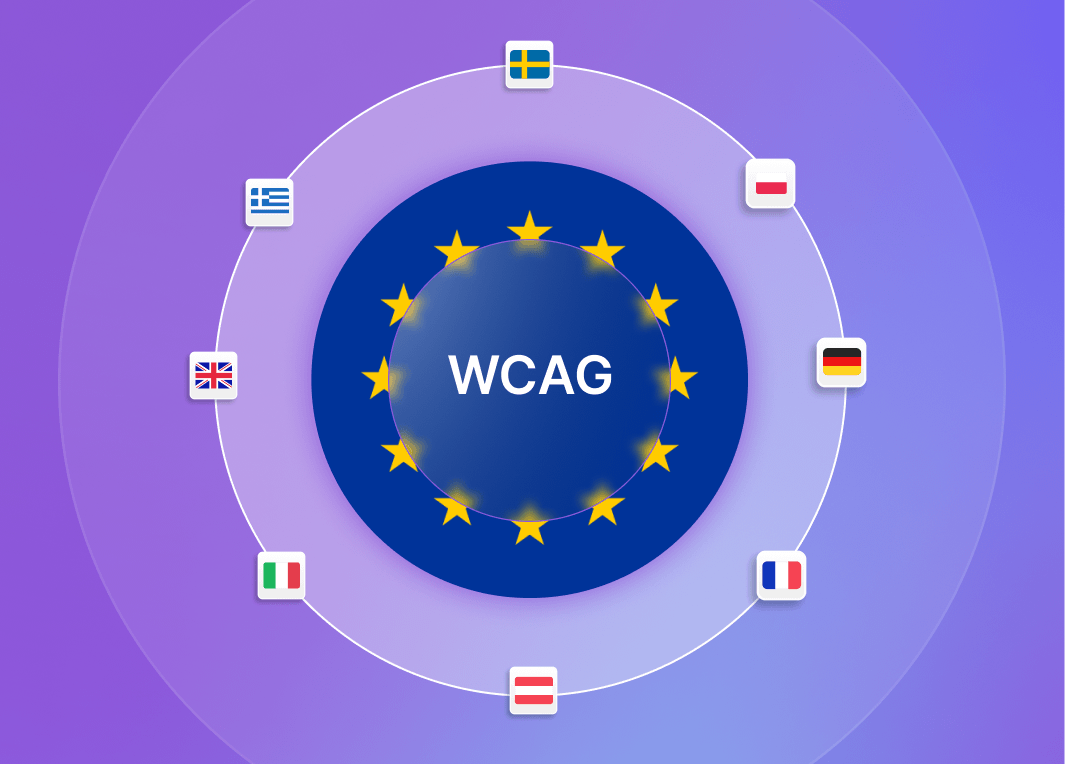Web Accessibility: Should You Trust Your Developer or Go External?
November 12, 2024 - Strategy Insights
Choosing the Right Path: Developer vs. External Accessibility Help
When it comes to web accessibility, deciding whether to rely on your developer or seek external help is crucial. Understanding your relationship with your developer is the first step—are they in-house or a one-time contractor? This relationship impacts how much you can rely on them for ongoing accessibility needs.
Evaluating their knowledge is key. Does your developer have the time and expertise to handle complex accessibility issues? Compliance requires specialized skills, and not all developers are equipped to handle this.
Accessibility isn’t just about quick fixes; it’s an ongoing process that requires expertise in coding and staying updated with evolving standards. While your developer might learn the basics, it's worth questioning whether they can commit to mastering this field, or if it’s better to invest in specialized services. In this blog, we’ll help you ask the right questions to determine which path you should take.

Understanding What It Takes to Fix All Aspects of Accessibility on Your Digital Assets internally
Addressing accessibility comprehensively requires a multifaceted approach that goes beyond just coding adjustments. First and foremost, it involves auditing your digital assets to identify barriers that may prevent users with disabilities from accessing your content effectively. This includes evaluating your website's design, navigation, and content structure for compliance with established accessibility standards, such as the Web Content Accessibility Guidelines (WCAG).
Moreover, fixing accessibility issues is not a one-time task but an ongoing commitment. It demands continuous monitoring and updates to accommodate new technologies and user needs. Training your team on accessibility best practices is equally important, ensuring that everyone involved in development and content creation understands the principles of inclusive design. Lastly, engaging users with disabilities in testing can provide invaluable insights into real-world accessibility challenges, allowing for improvements tailored to their experiences.
Internal Developer vs. External Provider: Approaches to Accessibility Remediation
When addressing accessibility issues, your internal developer and an external provider will take different approaches. With an internal developer, you have more control, and if you plan to keep this person within your organization long-term, it can be a good investment. However, the learning curve is steep. Fixing accessibility issues in your site’s inner code is complex, and ensuring consistent design across the site is challenging, especially when dealing with older code like HTML and CSS combined with legal guidelines.
On the other hand, an external provider specializes in accessibility and can deliver more consistent and effective results. The downside is that the code and solutions may reside with the provider, meaning if you stop using their services, you might lose access to the fixes. However, working with a company that breathes accessibility 24/7 can ensure that your website remains compliant and accessible over the long term.
Free Website Accessibility Scan
Enter your website URL to get a free, instant accessibility scan with tabnav's checker.
Fixing and Learning Accessibility Internally
Embarking on the journey to fix accessibility issues and learn how to do it internally can be both rewarding and challenging. Initially, you will need to establish a solid understanding of accessibility principles, which requires dedicated training and resources for your team. This means investing time in workshops, online courses, and self-study materials focused on accessibility standards like WCAG. Leveraging these resources helps build a knowledgeable team capable of identifying and addressing accessibility barriers within your digital assets.
Once your team is equipped with the necessary knowledge, the next step is to implement a systematic approach to accessibility fixes. Conducting regular audits, setting up a plan for continuous updates, and involving users with disabilities for feedback are critical steps in this process. As your team becomes more adept at managing accessibility, they will find that creating inclusive designs not only enhances user experience but also complies with legal requirements.
For further guidance, we invite you to check out our other blog post that offers a comprehensive WCAG checklist. This resource not only outlines the responsibilities involved in making web accessibility a priority but also provides direct links to each section of the WCAG, guiding you to tabnav Academy for free resources to deepen your learning.
7 Key Questions to Ask Your Developer Before Starting the Accessibility Project
Some internal developers may claim they can handle accessibility on their own to justify their position, and in some cases, they might be right. However, it's essential to dig deeper to understand their true capabilities. Below are seven critical questions to ask your internal developer to gauge their expertise:
-
What is your understanding of HTML and CSS?
This question helps assess their familiarity with foundational code, like HTML and CSS, which is essential for ensuring compliance with accessibility standards like WCAG.
-
Do you have any basic knowledge of WCAG?
We recommend providing them with a WCAG checklist to see if they understand the responsibilities involved in making a website fully accessible.
-
What tools or products would you use to achieve accessibility, and what are the costs?
Balancing good results with cost-effective tools is crucial. Sometimes, external providers may offer more effective and cheaper solutions.
-
How do you stay informed about accessibility best practices?
A proactive developer who continuously expands their knowledge is more likely to implement effective solutions.
-
How do you evaluate our current accessibility, and what is the timeline for compliance?
Understanding their approach to evaluating and improving your website’s accessibility will reveal their problem-solving skills, commitment to the project, and whether they can manage the timeline effectively—without stretching it out for years.
-
Do you know how to test the website using different assistive technologies?
Ensure they have the knowledge to test your site with various assistive tools, as this is critical for validating accessibility across different user experiences.
-
In the worst-case scenario, how would you handle an accessibility complaint?
Ask if they can professionally demonstrate and document the issue raised and show proof of compliance to address and resolve any complaints.
When it comes to ensuring web accessibility, the decision between relying on your in-house developer or seeking external expertise is critical. Consider the unique demands of accessibility—whether your developer has the specialized knowledge and time to address them effectively, or if the complexity of your needs calls for dedicated professionals. Investing in the right approach now can save you time, resources, and potential legal challenges down the line. By partnering with accessibility experts, you can confidently create a digital space that is inclusive, compliant, and welcoming to all users.
If you're ready to take the next step or need guidance, our team of web accessibility experts is here to help. Contact us for a free consultation and let’s work together to make your website truly accessible.





